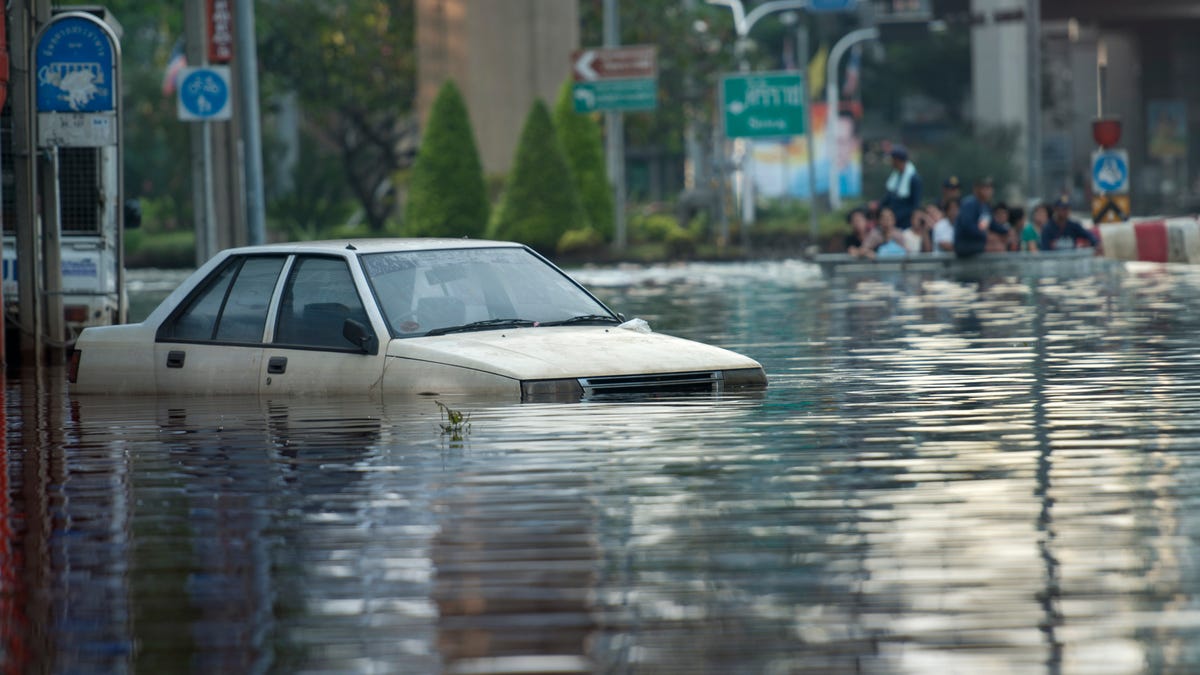Climate Model Predicts Increase in Flash Flooding Across the US
The overall results found future flash flood-prone regions in the US are moving north.

A car in flooded streets.
People living in regions across the US will likely see a rise in flash flooding before the century's end due to climate change, according to a study published earlier this month in Nature.
The research team, led by the University of Oklahoma with contributions from NOAA National Severe Storms Laboratory and National Center for Atmospheric Research, used simulations from climate and water flow models to predict future flash floods. The simulations showed widespread increases in flash flooding in most of the US.
Extreme weather events are exacerbated by human-caused climate change. Cutting greenhouse gas emissions, which largely come from the burning of fossil fuels for energy, is crucial to mitigating the effects of climate change. The top three emitters worldwide are China, the US and the EU.
"There hasn't been a real definitive study on what's going to happen with flash floods in the future," Jonathan J. Gourley, research hydrometeorologist with NOAA and contributor to the study, said in a statement Tuesday. Gourley said this study will fill that gap in research.
To predict the location and degree of future flash floods, the researchers used simulations and modeling of a 30-year period: 2070-2100. With this method, the team was able to predict the likelihood of weather conditions that can cause rapid rainfall and flash flooding. The study found that if emissions continue at the current rate, quick and concentrated heavy rainfall events that lead to flash flooding would become 7.9% more likely.
Zhi Li, a doctoral student with the HyDROS Lab and the study's first author, highlighted the modeling process used for the research. "It realizes the concept of 'Digital Twin in Earth System Science,' in which one is our living climate and the other one is our future," Li said. "Climate change never became so real to me until we successfully collaborated on such research."
The study found that US regions would see different increases in flash flooding. The Southwest is expected to see the greatest change with a more than 10% predicted increase, while the Central US will likely see a 8.6% predicted increase. The overall results found future flash flood-prone regions in the US are moving toward the north.
"Now's the time to start thinking about better flood defenses," said Yang Hong, a professor of hydrology and remote sensing at OU, who led the study. "Of course, decreasing greenhouse gas concentrations would be the ultimate solution, but in the meantime, we can think about ways to reduce vulnerabilities and improve flash flooding safety education."

